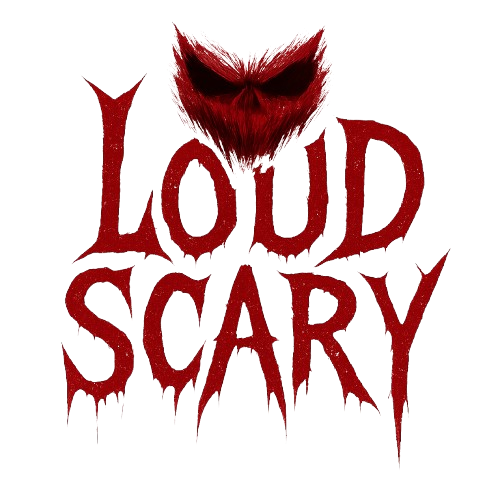What Makes a Story Truly Spooky The Science of Goosebumps
 |
| Science of Goosebumps |
Why Our Skin Betrays Us
The body has a way of telling us we’re in danger before we’ve even processed the thought. Goosebumps, for instance, are ancient things. Once upon a time, when our ancestors still crouched in the dark among predators, those tiny muscles tugged at body hair so we’d look bigger, more threatening. Now the hairs do little more than catch the light but the feeling? That remains devastating. A solid spooky story exploits this leftover wiring. It feeds the brain with uncertainty, anticipation, the idea of intrusion. When you sense you’re not alone but no one’s there you are living in that ancient fear. The story simply unlocks it.The Weight of Silence
What makes a scene frightening isn’t always the scream. More often, it’s the quiet leading up to it. Spooky storytelling knows how to stall just long enough, to hold your breath hostage. Think of standing at the bottom of a stairwell at night. Nothing moves. But you’re told the steps creak differently when no one is supposed to be on them. That’s it. No monster in sight. Just silence waiting to collapse in on itself. Here’s the unnerving part science backs it up. Brains hate not knowing. The anticipation of a threat is worse than the threat itself. That’s why silence drags at us, why every second feels like a rope tightening.When Home Turns Hostile
We don’t get goosebumps from jungles we’ve never walked or creatures we’ve never seen. The real fear comes from our own hallways, our own kitchens, our own bedrooms. Stories that dig under the skin twist the familiar into the uncanny. A mirror that doesn’t quite reflect what it should. A door you swore you locked that now stands a few inches ajar. A phone ringing downstairs when you live alone. Psychologists have a word for this: the uncanny. It’s the disorientation that comes when something normal shifts just enough to betray your trust. No haunted castle needed it’s the crack in the everyday that really unsettles.Whispers That Pull You Close
There’s another weapon storytellers use, quieter but no less lethal: the intimate voice. When a narrator leans close, almost confessing “I shouldn’t be telling you this, but…” you’re trapped. You’re inside the story now, not just watching it unfold. Even more unsettling are the whispered self-instructions: Don’t move. Don’t breathe. Don’t look at the door. These thoughts spill like your own heartbeat talking back at you. Before you know it, your pulse is echoing theirs. You’re caught in the same small, airless room. And suddenly you’re not reading you’re surviving.
The Terror You Never See
The oldest trick in fear is still the most effective: don’t show too much. The scrape under the bed. The faint knock at the window. These unfinished suggestions invite your mind to do the work. And here’s the cruel truth your mind always makes it worse. Brains are wired to complete broken patterns. You hear a sound in the dark, your instincts rush to fill the gap with something lurking, something dangerous. The horror becomes tailored to you. It fits like a glove. That’s why the scariest story is often the one that leaves you hanging, staring at the dark corner of your own room, wondering what could be standing there if you just turned your head fast enough to catch it.Slow Burn, Sharp Shock
The rhythm matters. Most truly spooky stories don’t sprint. They creep. They let shadows lengthen, let dread coil tight, until every sentence weighs heavier than the last. And then sudden collapse. A knock. A whisper. A shadow darting where it shouldn’t. Your body reacts like it’s been yanked awake, adrenaline spiking through every nerve. This pacing is no accident. It borrows from the body’s natural system of fear: build tension slowly, then tear it apart with one jolt. Long, drawn-out descriptions punctured by short, abrupt lines that’s the written version of a jump scare, and it works because it follows the logic of our own panic.Why Certain Chills Last
There’s fright that disappears when the lights come on, and then there’s the chill that lingers after you’ve shut the book, that refuses to leave the room. Stories that linger use more than fear they use absence. They never give you the full answer. Was the voice a hallucination? Did the footsteps stop, or are they still circling the house? What did the character actually see in the mirror? The human mind hates unresolved questions, and so it gnaws them, revisits them at night, reconstructs them until they feel sharper than they were on the page. This is why the spookiest stories feel unfinished it’s the reader who finishes them, over and over again, in the dark.The Craft and the Wiring
What makes a story spooky is both art and biology operating together. Storytellers lean into very human reflexes:- Dread thrives on the waiting, not the revelation.
- The simplest places hallways, stairwells, kitchens become battlegrounds when our trust erodes.
- A whispering voice puts us on the inside of fear.
- The unseen lets imagination the cruelest monster take over.
- A rising tension followed by a sharp rupture keeps the cycle of fear alive.

.png)